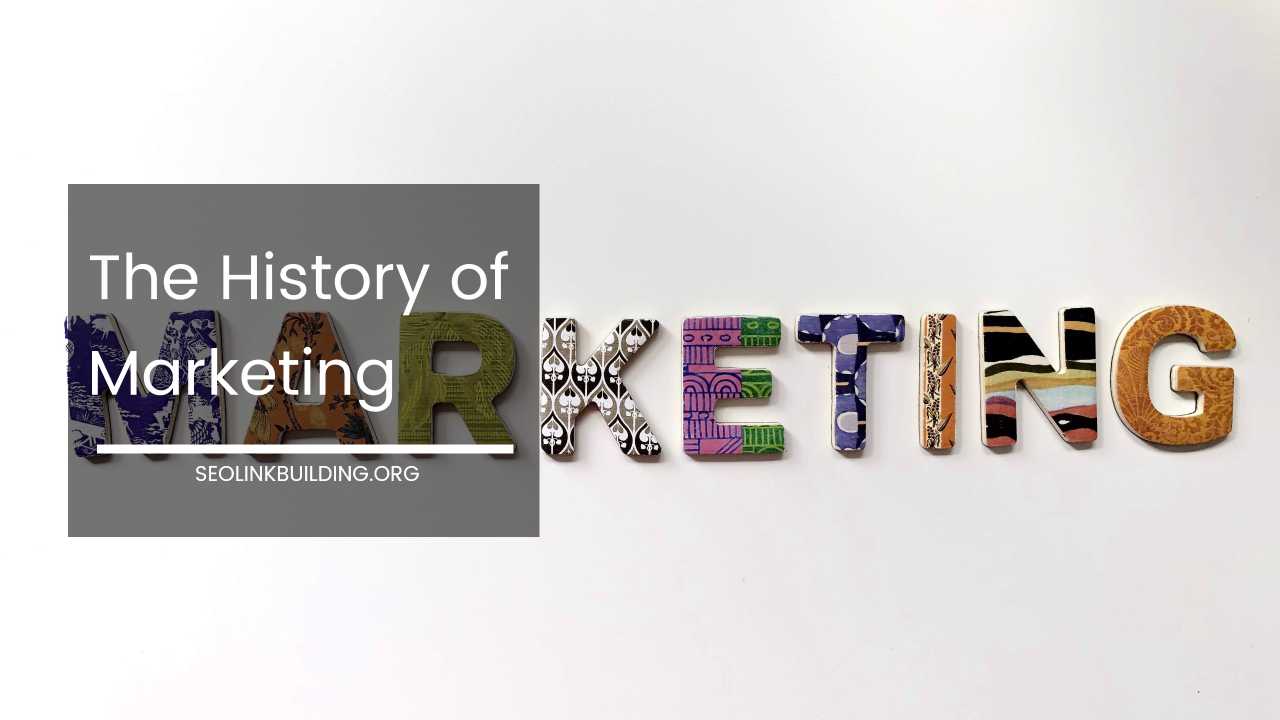The History of Marketing

Marketing has been around for as long as trade itself, even if it hasn’t always been called marketing.
The concept of marketing as we know it today, with business SMS, email and social media playing such an important part, is closely related to the sign posts and barkers of many centuries ago.
Marketing has been through several evolution’s in recent history. Those evolution’s can be broken down into three main approaches: production, sales, and marketing.
The Production Focus
Until the later part of the industrial revolution, goods were rather scarce. Producers could not keep up with the demand for their products, and they could be pretty confident that if they could make goods, then they would be bought.
This meant marketing, as we think of it today, was not really that important. Traders simply had to get their goods to a market, and they would be bought.
People needed to know that someone had goods for sale, but there was no need to create demand for products themselves.
If the world were still like this today, all you would have to do is make your product and set up a stall in the market – people would come to you and buy it because you were the only person for miles around with such a product available.
The Sales Focus
During the early 20th century, high speed transportation and communication, and the gradual appearance of mass production techniques, changed the way that manufacturers (and, to an extent, consumers) thought about goods.
The market for most products was getting more crowded, and manufacturers had to pay a bit more attention to marketing.
There was still no need to create demand for a specific item, but there was a desire to differentiate between one maker’s version of a product, and another maker’s.
The Marketing Era
It wasn’t until the 1960s that marketing as we think of it started to be practiced. The 1960s brought with it mass production, a higher general standard of living, and a more consumer centric lifestyle.
It was in this decade that people started to have more discretionary income to spend on leisure products and lifestyle goods.
This meant that companies had to start creating demand for their products, and differentiating their products through more emotional points, rather than quality, price, or availability.
The Social Era
From the late 1990s onwards, the popularity of the internet changed the way that companies communicated with consumers.
What was once a one-way process started to become a two-way communication, with companies using email, business SMS, social media and blogger outreach programs to reach as wide an audience as possible.
Social communication is more difficult to manage than placing an advertisement on TV or in a magazine. However, it is also more likely to be noticed and listened to.
The world of consumer goods is more crowded now than it has ever been before, and in many niches supply sill outstrips demand so it is important that companies make themselves stand out from the competition.













